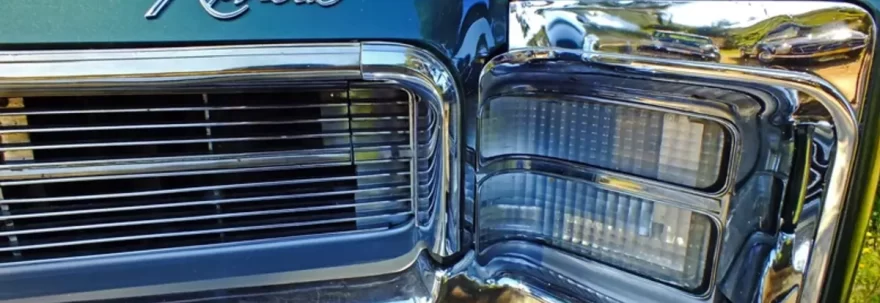Before the car’s infotainment system, Buick made a car with a touch screen in the 80s, with features that were still quite advanced even a few decades later. The touch screen becomes more common in modern cars, but 40 years ago, there was no model that had the technology to implement it … until Buick Riviera came out in 1986. It was considered a production car for the first time coming with a touch screen, something called Buick as a “graphic control center” (through the top gear). Compared to a more enthusiastic touch screen in Teslas, ’86 Buick Riviera has a large cathode ray tube monitor that only displays two colors, black and green.
As if it was not quite retro, it also radiated the sound of a high-pitched beep every time the digital button was pressed. The features, on the other hand, are far out of time because they boast of 91 functions of defeat, some of which are still relevant at this time. So, how revolutionary is this system? Well, just say the touch screen of a flying car under the radar during the 90s only to reappear in the early 2000s of BMW. The problem is, BMW takes a digital display that is used by physical buttons and buttons, while Buick Riviera uses the screen itself as a way of control. This is more similar to the S model that comes out more than a decade after the Idrive BMW system, making the ’86 Buick Riviera the “grandchild” of the touch screen infotainment system.
How did the first touch screen in the car begins?
The touch screen in the first car did not happen accidentally. They were a direct result of Buick’s desire to become an industrial leader at that time. Everything began in 1980, when Buick’s executive wanted to develop vehicles with the most recent technology (through Hagerty). This was founded through a subsidiary of GM Delco Electronics, which appeared with CRT which was sensitive to a special touch for car use. Unlike modern capacitive touch screens, this display is embedded with an invisible mylar switch, which performs different functions depending on the pages used by its users.
The problem is, it takes a few moments before the monitor this date can display anything, so that the engineers cleverly make it hot once the driver touches the handrail of the car door. Buick’s executive at that time Cary Wilson claimed the company “arranged the stage” for what he believed to be an “new generation” automotive electronics, according to Hagerty. However, Buick only uses this system again for ’88 Buick Reatta before finally stopping it in the next model. Apart from the unrelenting sound of BIP, among other important weaknesses is his tendency to disturb the driver by attracting their attention from the road, as noted by Top Gear. Of course, this is not the end of the car touch screen monitor, it only takes two more decades before such technology will return.
GCC Buick’s infotainment system has everything
Said that ’86 Buick Riviera innovative was a statement that underestimated given the number of features offered at the time. In fact, everything about it is the coming decade. A YouTube video event by Motorweek highlighted most of its luxury CRT display facilities, which included five band audio equalizers, stereo balancers, and one touch windshield disbursement. The climate control system does not only show internal and external temperatures, it even includes animation, which is described by a mini digital fan that changes the speed of rotation depending on the level of air conditioning.
It also handles all important things such as vehicle diagnostics, computer trips, and fuel savings, as well as many safety features that use graphics that remind the driver to watch the way or warn them if their doors are not completely closed. Another YouTube video that features GCC on ’88 Buick Reatta shows how strong these features are, which are not only proven in the CRT monitor but also in the front digital measuring cluster as well. Both screens display everything




